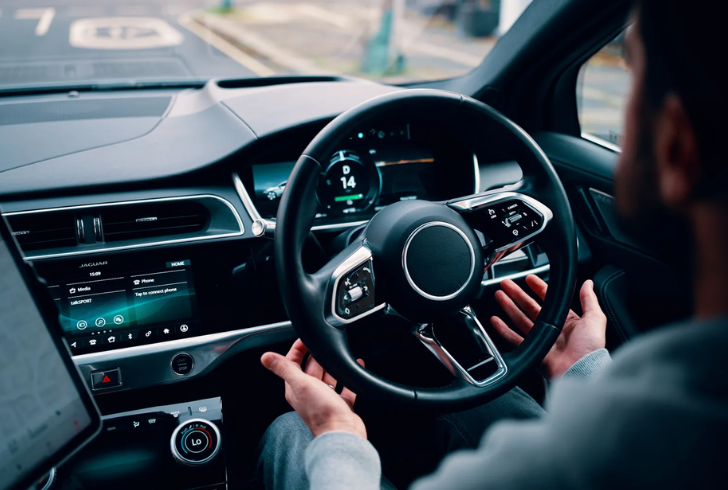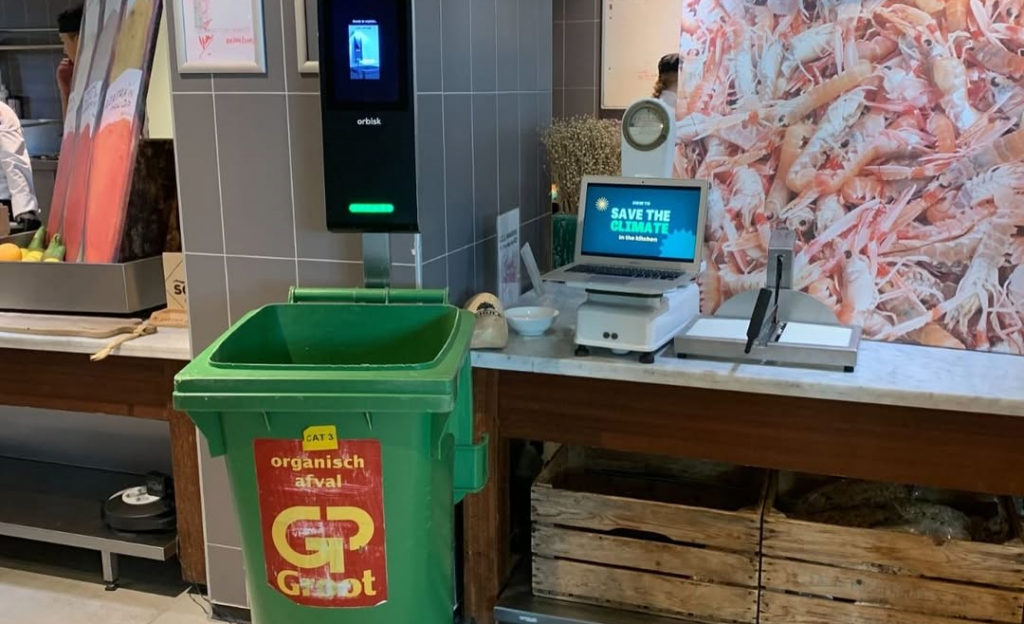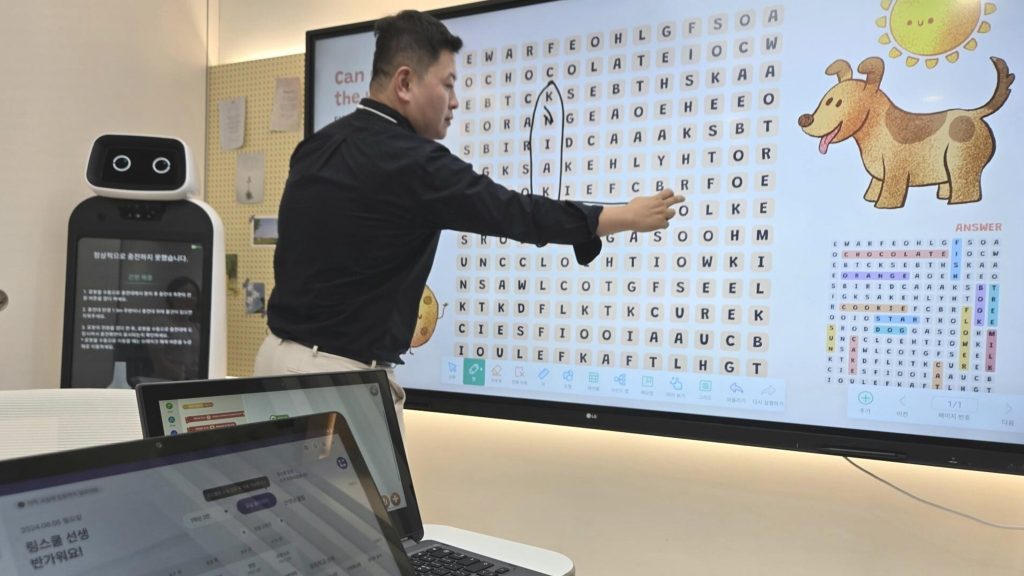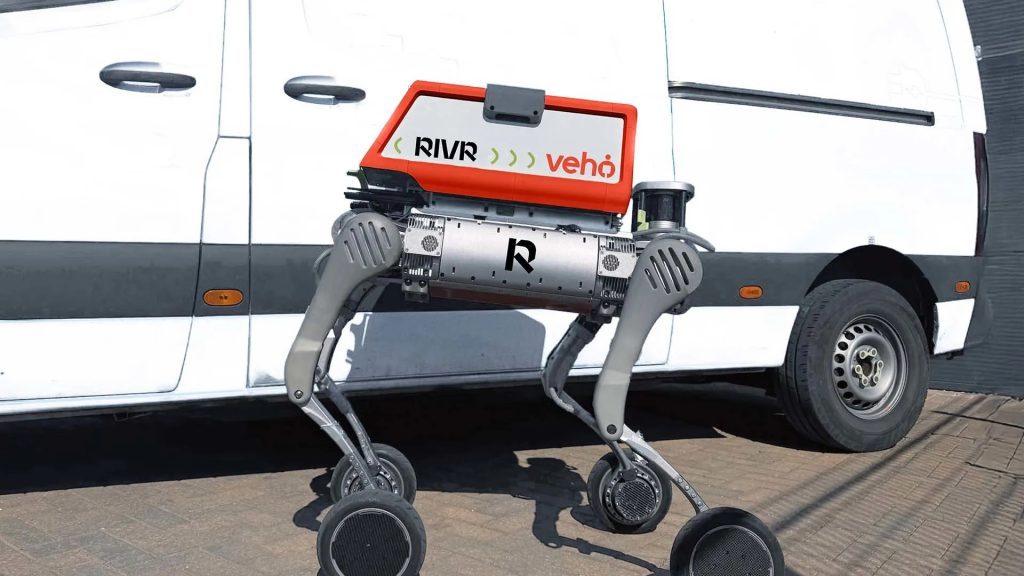Wayve, a promising startup hailing from the U.K., is taking a significant step into the U.S. market by initiating tests of its innovative self-driving technology in San Francisco. This marks an exciting development for the company, especially as it also opens a new office in Sunnyvale, California.
This expansion not only highlights Wayve's ambition but also its commitment to transforming the future of autonomous driving through advanced technology.
The Technology Behind Wayve
At the core of Wayve's operations is its self-learning automated driving software, which sets it apart from traditional rules-based systems. Instead of relying on pre-defined rules, Wayve's approach mimics how humans learn and adapt to their environments. This adaptability allows vehicles equipped with Wayve's technology to navigate complex urban settings more effectively.

Instagram | pitchbookdata | Wayve’s self-learning driving software sets it apart from traditional rules-based systems.
The company plans to begin its testing with a controlled version of its system before progressing to more advanced applications. Test drivers will soon be maneuvering through the streets of the Bay Area in specially outfitted Mustang Mach-E electric vehicles. This initial phase allows for comprehensive data collection while ensuring a safe and controlled testing environment.
Funding and Future Aspirations
Recently, Wayve secured an impressive $1 billion funding round led by SoftBank Group, alongside contributions from industry giants like Nvidia, Microsoft, and Uber. This influx of capital is expected to bolster Wayve’s research and development efforts, enabling further enhancements to its self-driving technology. The company's ultimate vision extends beyond merely providing self-driving solutions for automobiles; it aims to license its “Embodied AI” technology to robotics firms, opening a world of possibilities in various sectors.
A New Chapter for Autonomous Driving
As Wayve begins its operations in the U.S., the company expresses enthusiasm about the opportunities that lie ahead. With a robust funding background and a commitment to innovation, the company is well-positioned to make a significant impact on the autonomous vehicle landscape. Their technology not only promises to advance the capabilities of self-driving cars but also aims to enhance the overall safety and efficiency of urban transportation.
Wayve’s Focus on Learning
The unique aspect of Wayve’s technology is its self-learning capability. This means the system can improve its performance over time based on real-world data and experiences. Such a feature enables vehicles to adapt to new driving conditions and obstacles, much like a human driver would.
Implications for the Automotive Industry

techcrunch.com | Wayve's entry into the U.S. marks a major shift in the autonomous driving landscape.
The entry of Wayve into the U.S. market represents a significant shift in the landscape of autonomous driving. Traditional approaches have relied heavily on extensive mapping and rigid programming, whereas Wayve's self-learning model introduces a more flexible and responsive method. This can potentially lead to a safer and more efficient driving experience as vehicles can respond dynamically to changing road conditions.
Benefits of Self-Learning Technology:
1. Adaptability - The ability to learn from experiences enables the technology to handle unexpected scenarios better.
2. Enhanced Safety - As the system continues to improve, the risk of accidents could decrease significantly.
3. Broad Applications - Beyond automotive use, the technology's potential extends to various robotics applications, making it a versatile solution.
Wayve’s move to test its technology in a bustling urban environment like San Francisco demonstrates confidence in its system's capabilities. With the backing of prominent investors and a clear vision for the future, Wayve is set to influence the evolution of autonomous driving in the years to come.
Wayve's expansion into the U.S. marks a significant milestone in the quest for advanced self-driving technology. Its innovative approach to self-learning automation positions it as a key player in the automotive industry. As testing progresses and technology evolves, Wayve is poised to redefine what is possible in the realm of autonomous driving.













